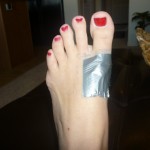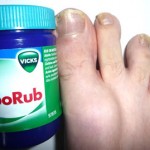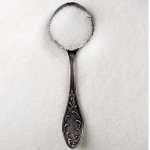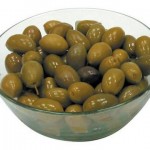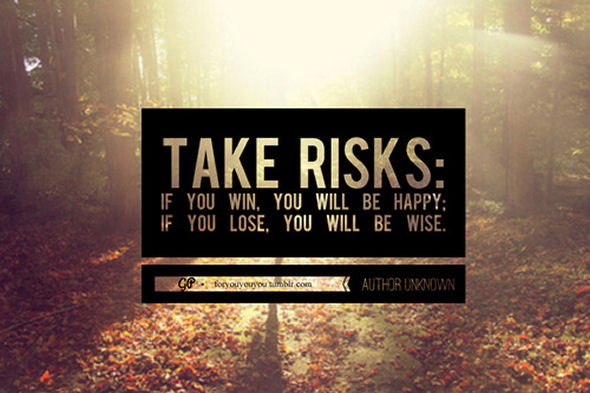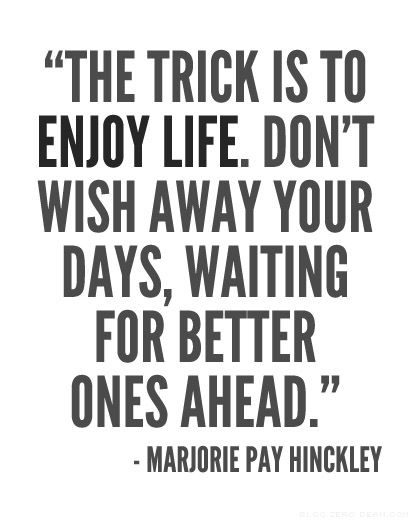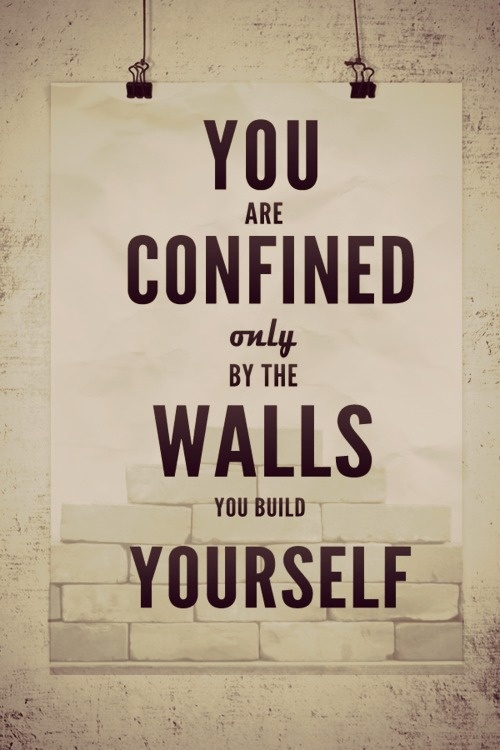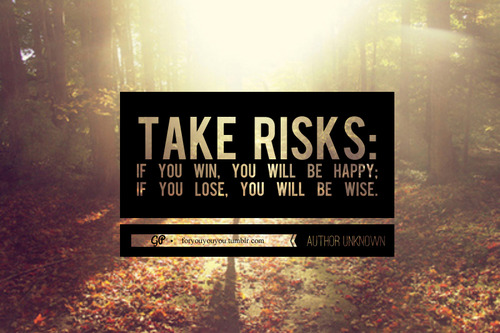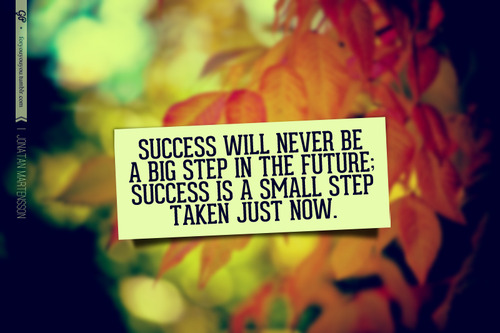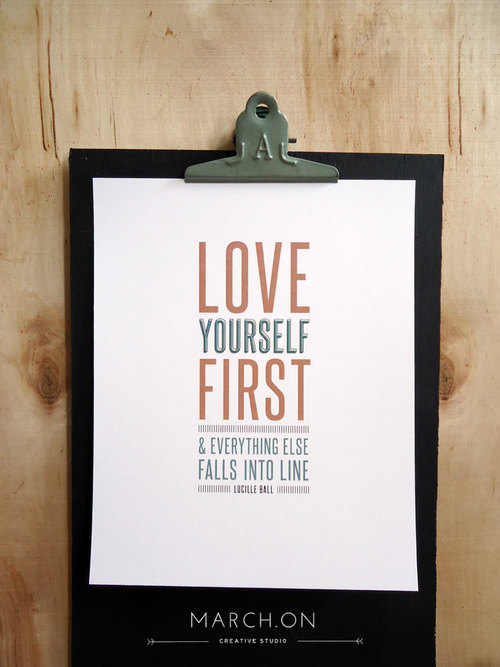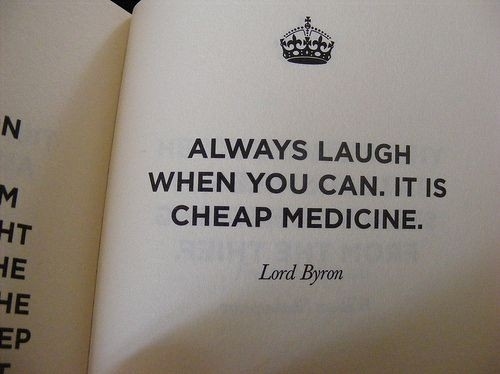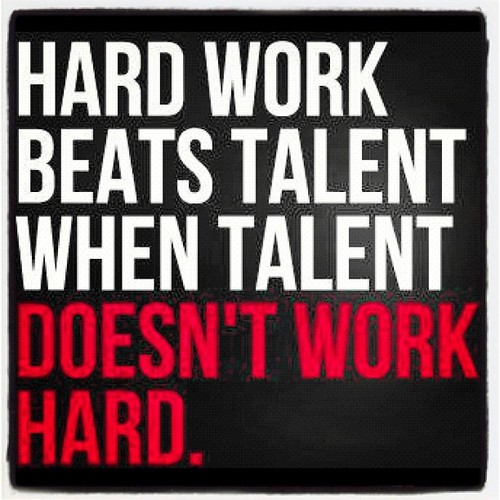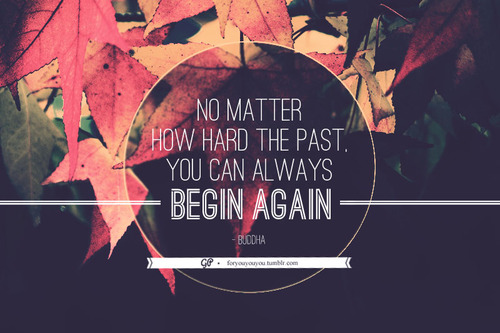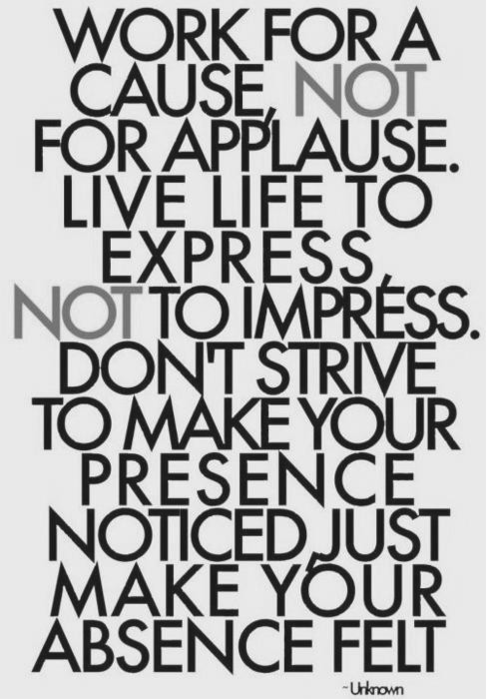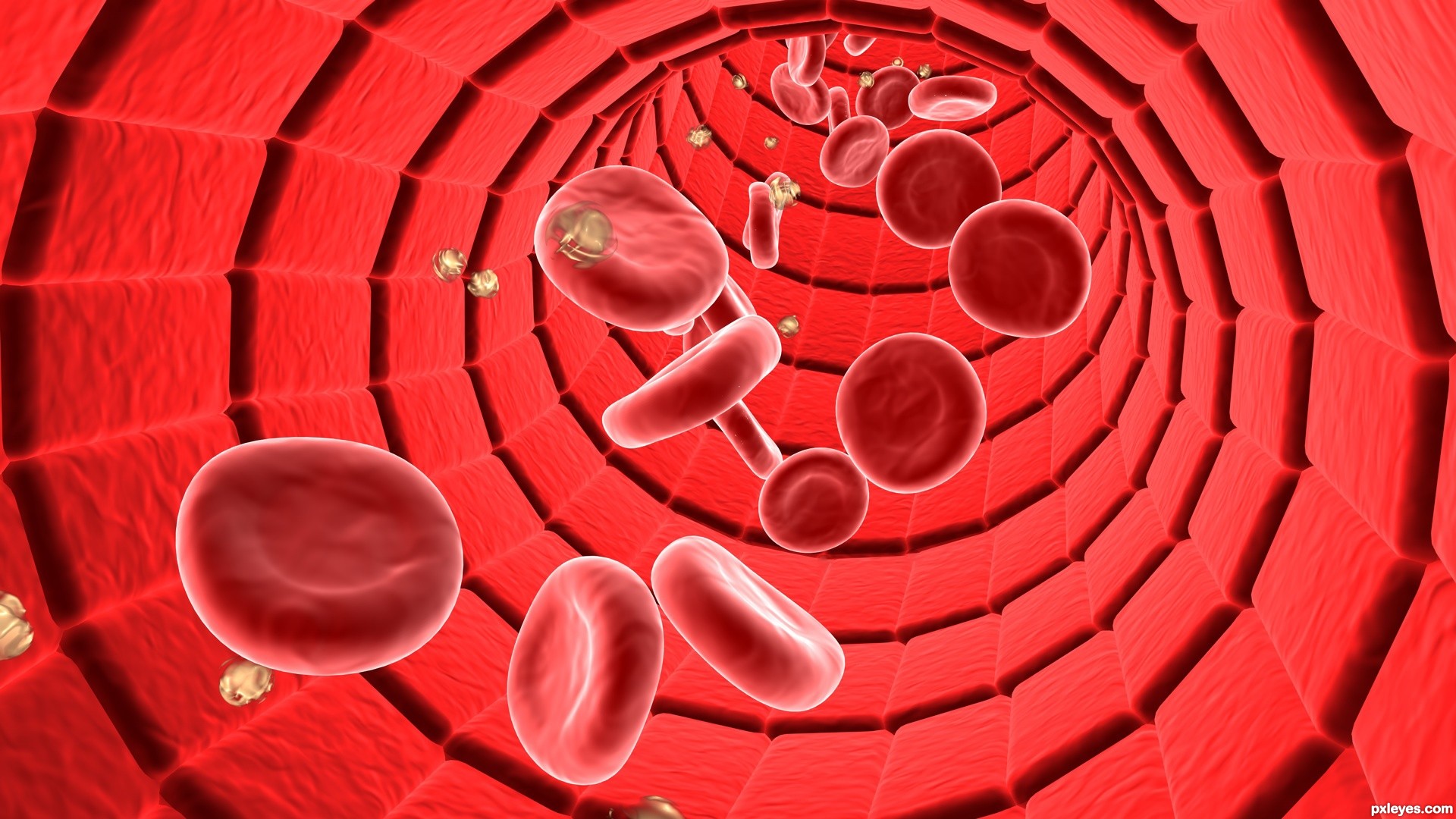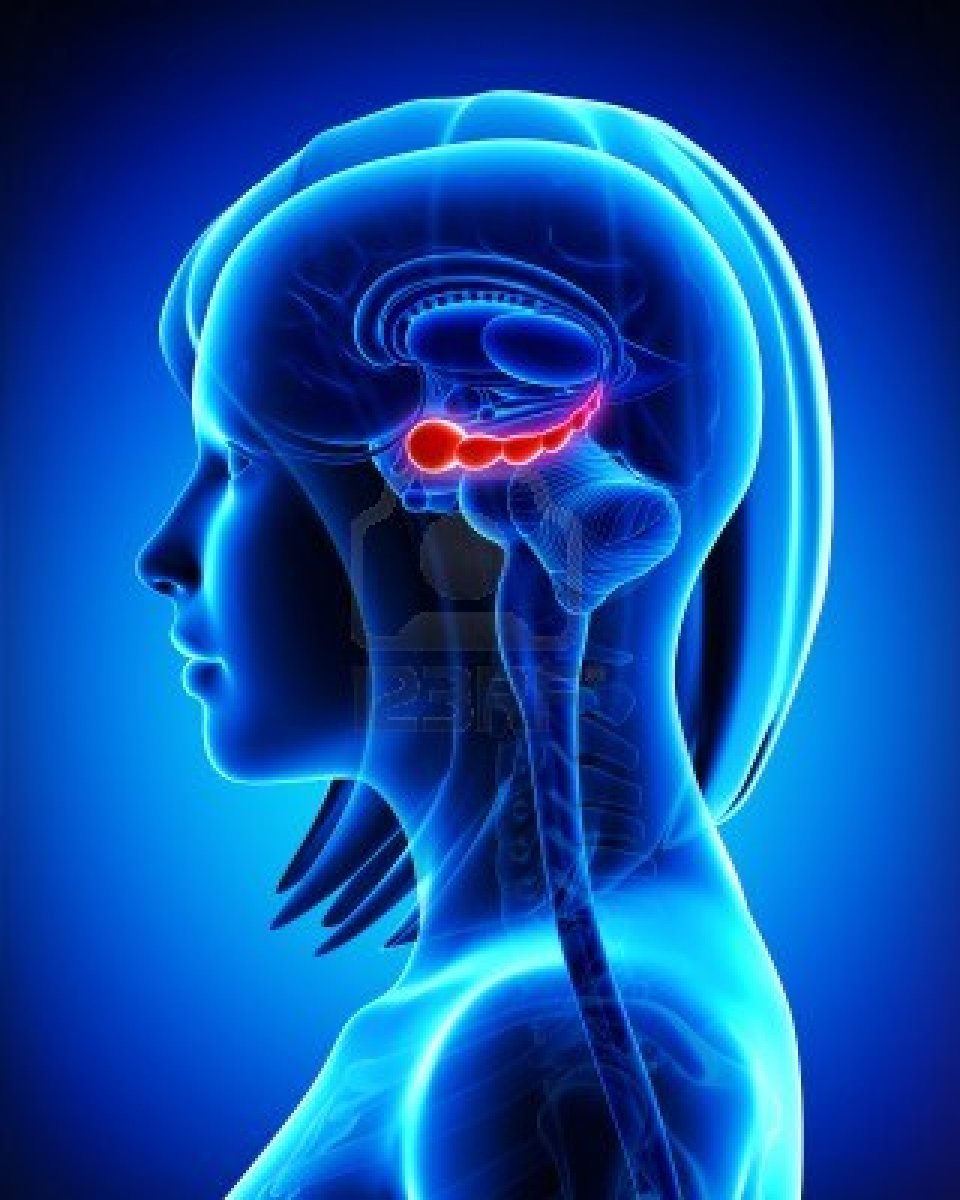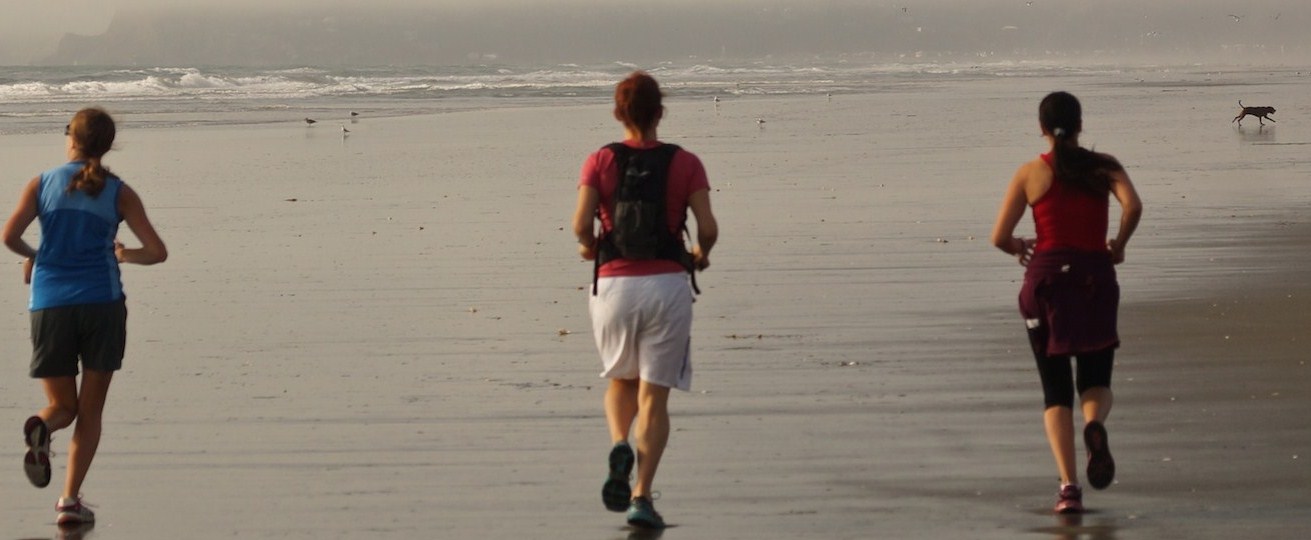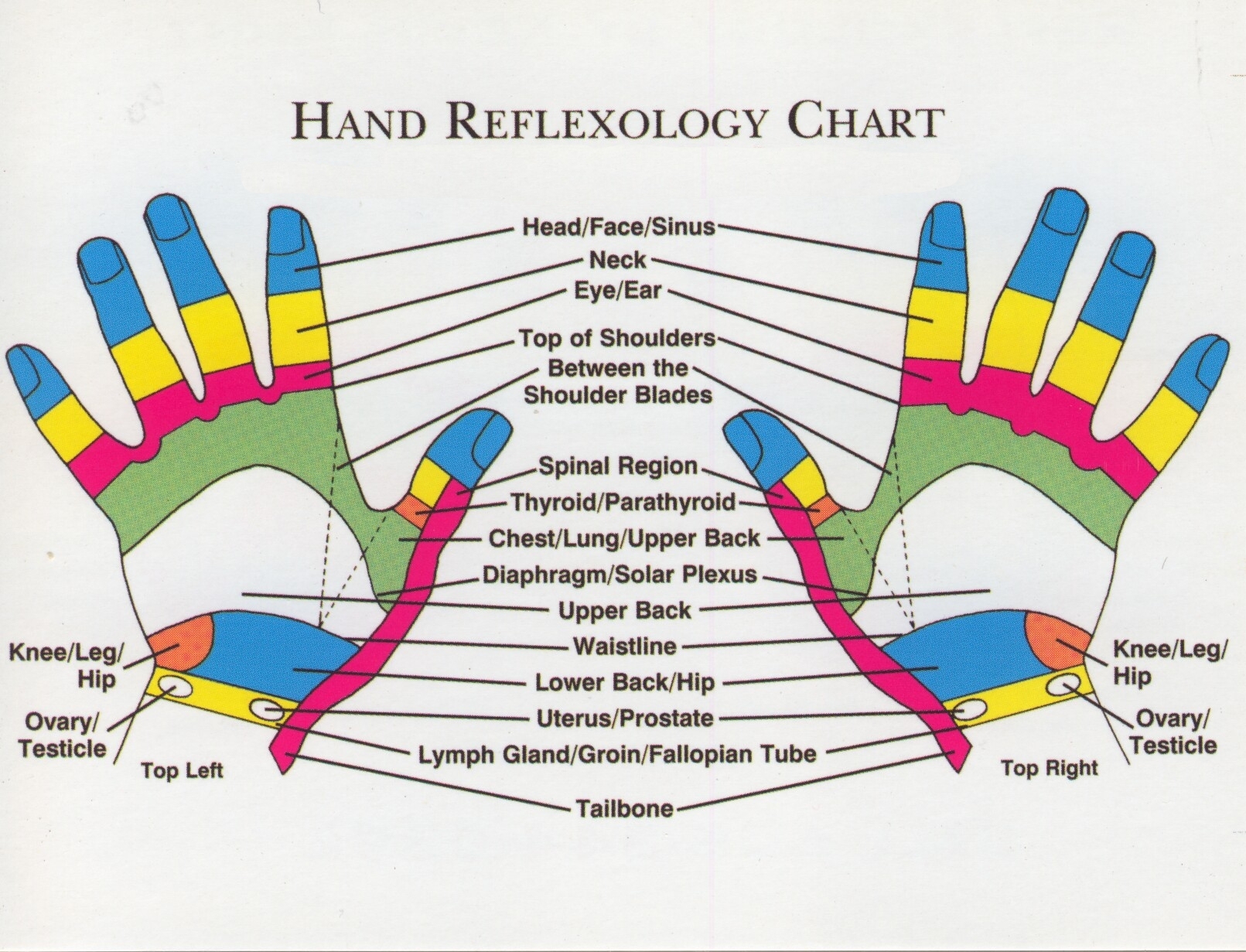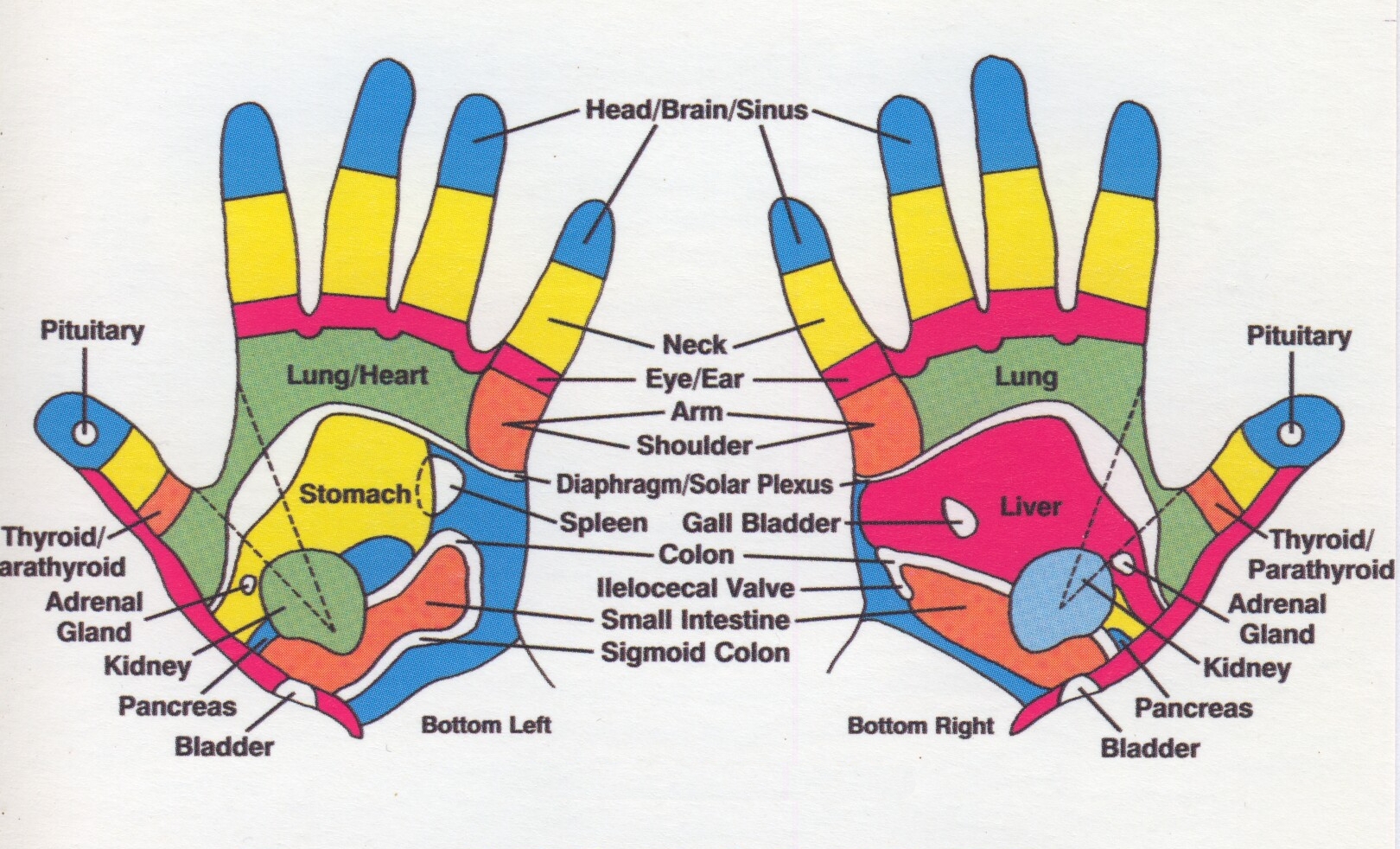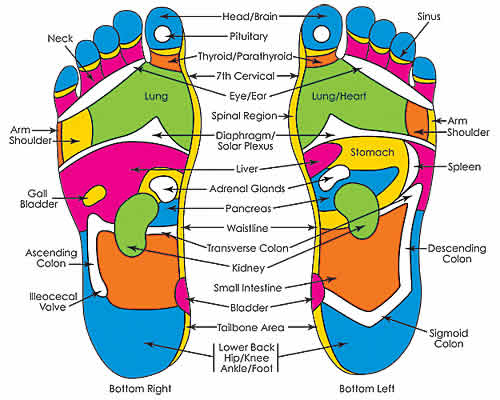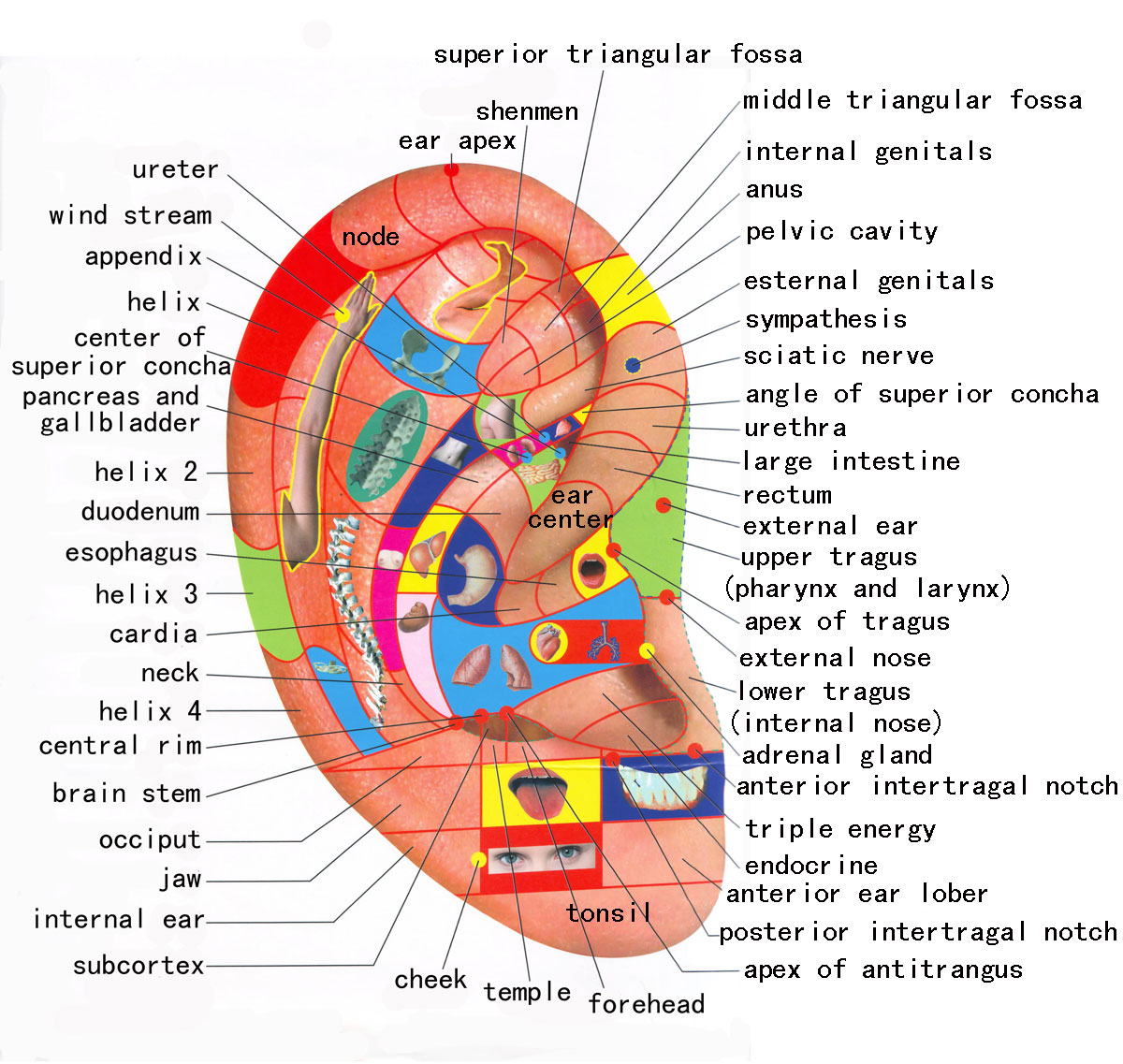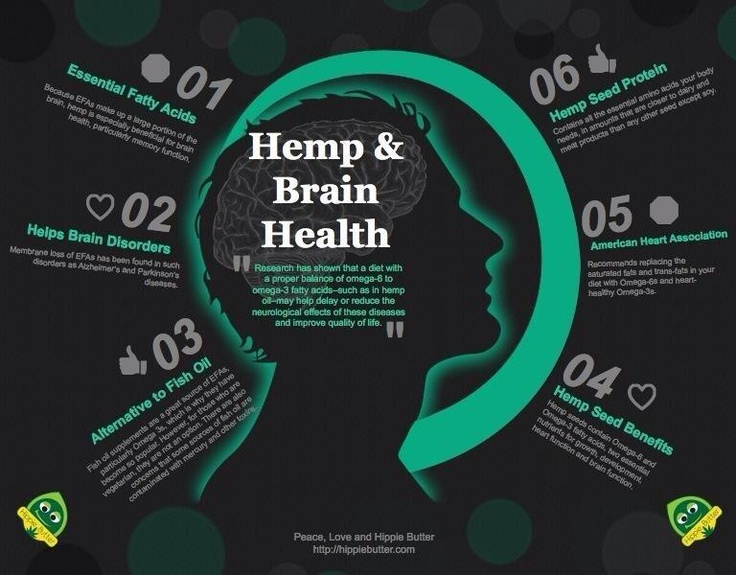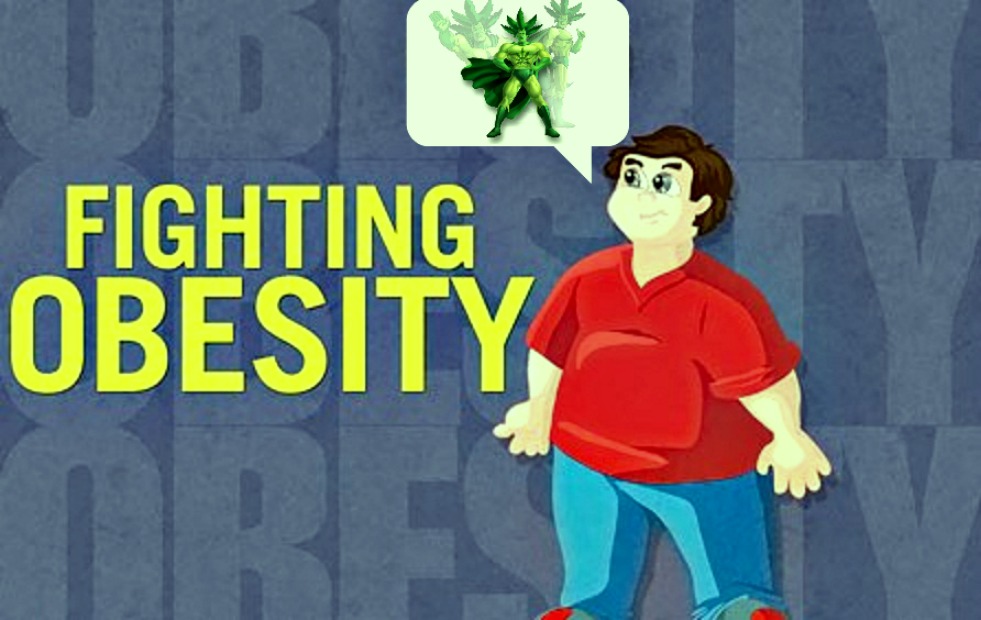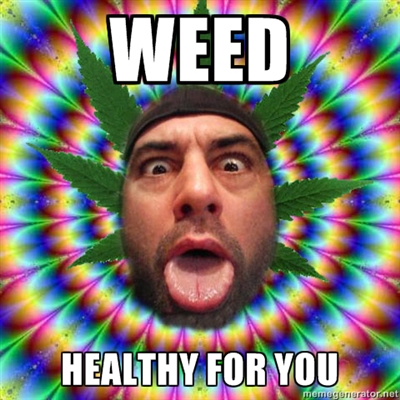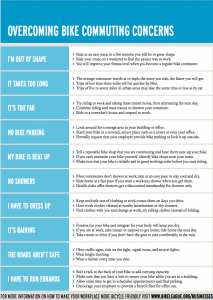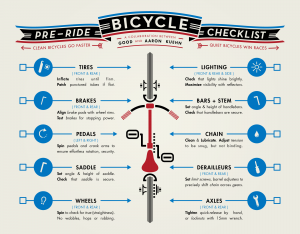Modern work life does a great job at creating bad posture. So what can we do to keep our bodies from falling apart while we work… and in general? Renown physical therapist and mobility guru Kelly Starrett breaks down good posture into what he calls “functional movement” to help you become a “supple leopard.”
1. Spine First
The spine is the chassis for your body’s other two primary engines, the hips and shoulders. Each functional movement begins and ends at the spine, so your spine has to be properly aligned. When it isn’t, it will weaken your body’s force production. Simply looking up – and thus breaking the spine alignment with a bent neck – can reduce strength in your arm.
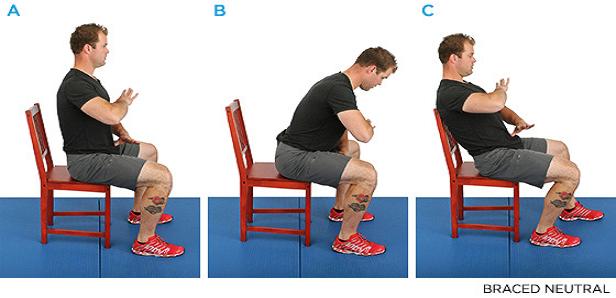 Braced Neutral Tip: You’re not limited to just sitting perfectly upright: You can still lean forward, or lean back, while maintaining a braced-neutral spine.
Braced Neutral Tip: You’re not limited to just sitting perfectly upright: You can still lean forward, or lean back, while maintaining a braced-neutral spine.
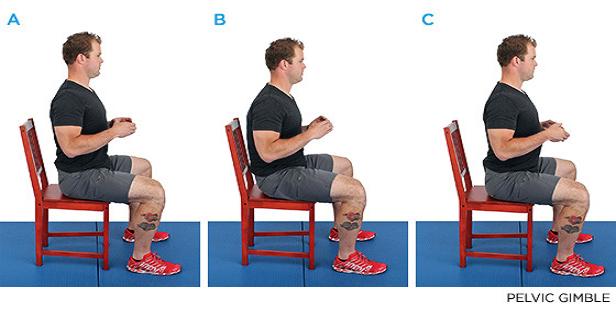 Pelvic Gimble Tip: If you find that you round forward and try to correct that by straightening your back, you’ll probably just end up in an overextended position. Instead, stand up, run through the bracing sequence, and then sit back down, keeping your back flat and belly tight.
Pelvic Gimble Tip: If you find that you round forward and try to correct that by straightening your back, you’ll probably just end up in an overextended position. Instead, stand up, run through the bracing sequence, and then sit back down, keeping your back flat and belly tight.
2. The One Joint Rule
Kelly’s one joint rule is a simple way to organize functional movement and guard against injury. You should look at your spine as a single column, with no local flexion or extension within it. You should only see flexion or extension at the hip or shoulders. Unfortunately, too many of us do things like slump forward in our chair, meaning we have to tilt our head upwards to look at our computer screen, creating an improper flexion point in our neck.
We can certainly flex our spine globally, for example if we are bending back to serve a volleyball – but not locally. We all know that when we pick a box up from the floor we should keep our back straight and flex only at the hips. That not only protects our back; it helps us lift more effectively.
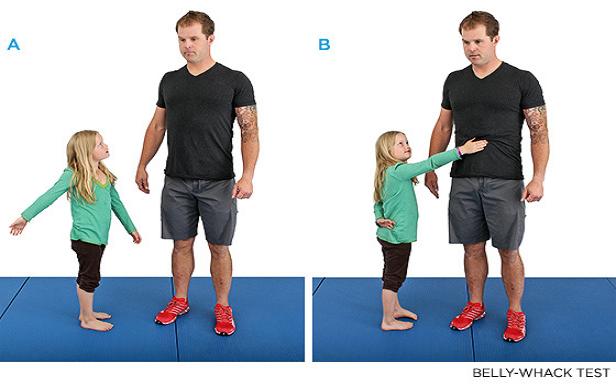 The belly-whack test is another way to help bring consciousness to a braced-neutral position and the 20 percent constant-tension concept. It’s simple: You should always have enough abdominal tone to take a whack to the belly. We do this at our gym and around the house. If you have a spongy middle, you get caught right away.
The belly-whack test is another way to help bring consciousness to a braced-neutral position and the 20 percent constant-tension concept. It’s simple: You should always have enough abdominal tone to take a whack to the belly. We do this at our gym and around the house. If you have a spongy middle, you get caught right away.
3. The Laws of Torque
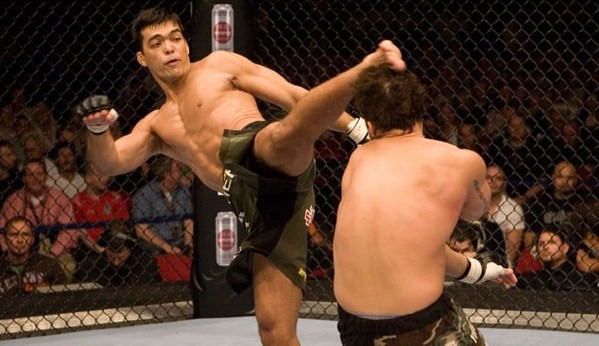 In all motions of flexion and extension, there’s a corresponding rotational force, says Kelly:
In all motions of flexion and extension, there’s a corresponding rotational force, says Kelly:
Whenever we flex our arm or leg forward, our shoulder or hip should rotate outwards.
When we move our arm or shoulder behind us, the rotation is internal.
Understanding the laws of torque, and thus the basics of external and internal rotation, are key to proper movement. The reason yogis prefer the lotus position is the external rotation in the hips and shoulders maintains the spine strong and organized.
Unfortunately, sitting at a chair with our feet on the floor keeps our hips neutral, not externally rotated, and doesn’t give our spine proper support.
4. The Movement Tunnel
 Every movement has a start and end position. Kelly calls what happens in between those positions “the tunnel.” The tunnel is a crucial concept that says once you are underway in a movement, it’s too late to correct your stance. If you’re standing with your feet sticking out like a duck and you start running, it’s hard to correct your stance mid-stride.
Every movement has a start and end position. Kelly calls what happens in between those positions “the tunnel.” The tunnel is a crucial concept that says once you are underway in a movement, it’s too late to correct your stance. If you’re standing with your feet sticking out like a duck and you start running, it’s hard to correct your stance mid-stride.
Understanding how to enter the tunnel and organize your body correctly at the outset is the only way to guard against injury. You have to enter the tunnel organized and exit the tunnel organized.
These 4 Principles make even more sense once you see them in action.
Kelly Starrett: MobilityWod Principles
If 60 minutes isn’t enough and you want more, visit Kelly’s full workshop on creativeLIVE or read his best-selling book Becoming a Supple Leopard.


